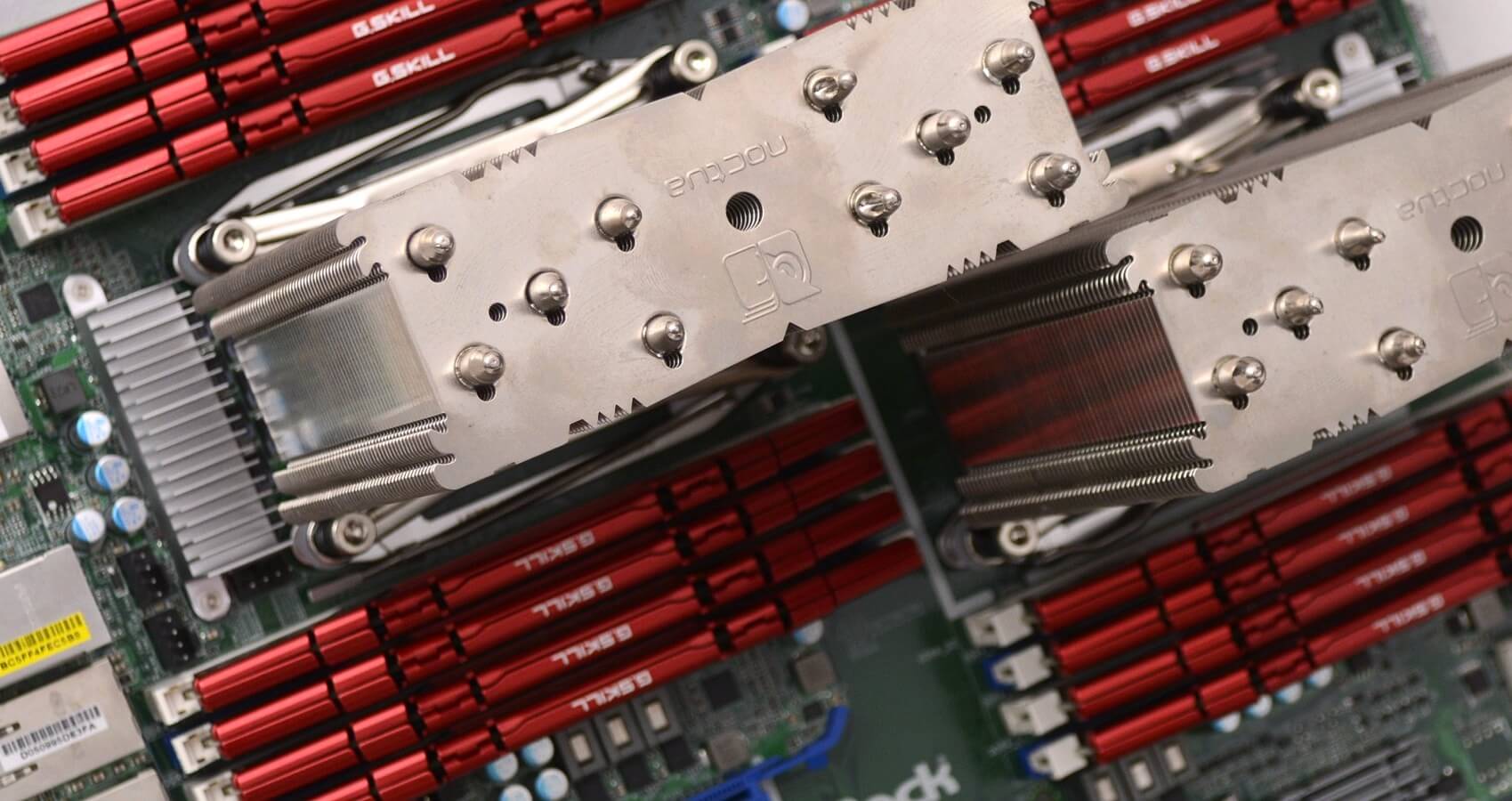Following up to our popular 32-thread Xeon PC feature, we've been in the hunt for affordable Xeon processors based on the Haswell-EP or perhaps even Broadwell-EP architectures -- it certainly seemed mere wishful thinking that we would come across a relatively inexpensive Broadwell-EP Xeon.
Our search put us on the trail of Intel's Xeon E5 2630 v4, a 10-core Broadwell-EP part that runs at a base clock of 2.2GHz but can boost up to 3.1GHz depending on the workload.
Typically, you'd spend something like $700 for this processor -- substantially more than the $70 we paid for each of our E5-2670 v1 processors -- however, it's possible to purchase the E5-2630 v4 for as little as $200 on eBay. The only catch is that they are engineering samples (ES), not retail chips.
